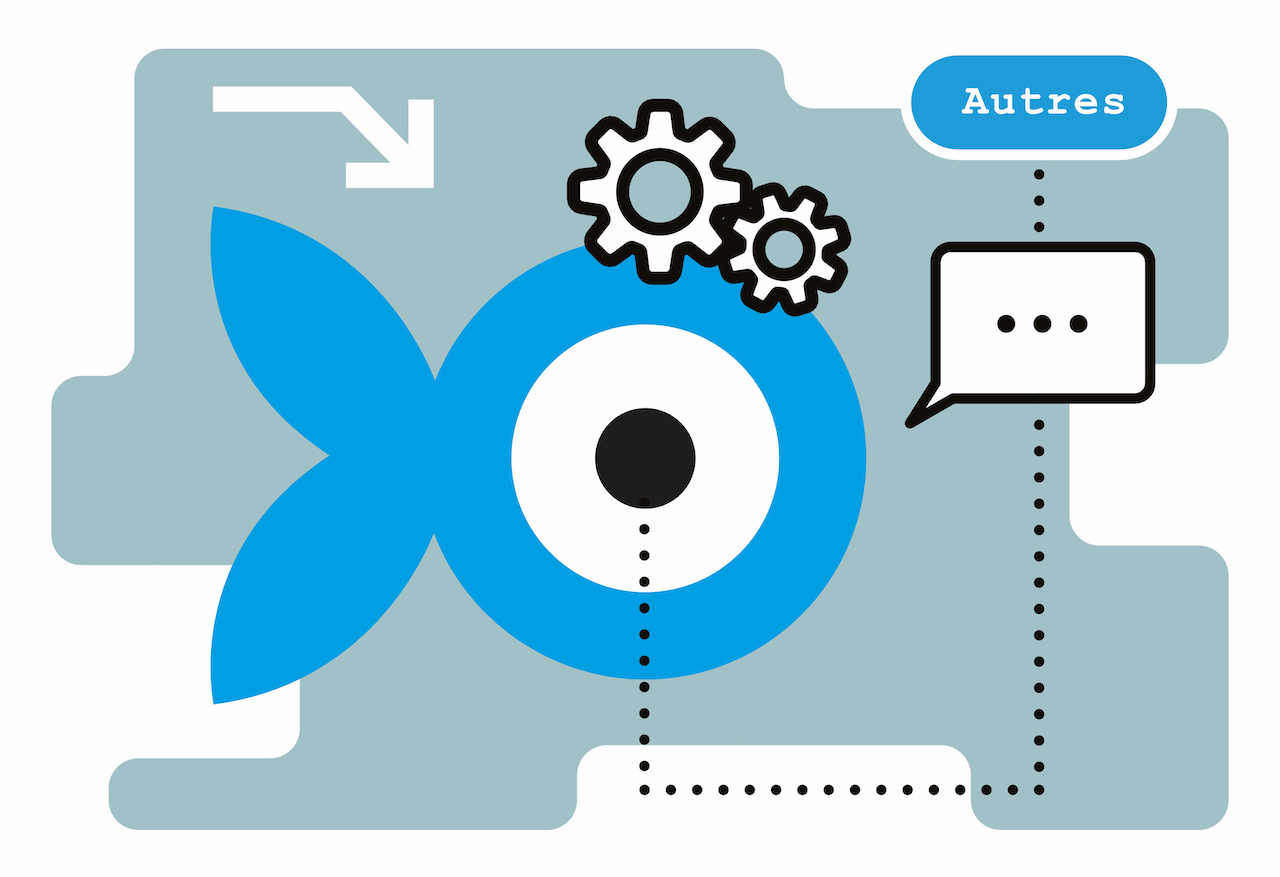Part of the Inventing Grand Paris programme, Photographier le Grand Paris (forthcoming in 2024) is based on the premise that we cannot understand the history of Grand Paris without understanding the images that this history has produced. Photography emerges as a marker in this visual history of the metropolis. As well as providing a record of what exists and what is in progress, it testifies to the changing way in which we look at what is in the process of changing, in terms of techniques, shots and new framing techniques. The intersection of the history of photography and of urbanism makes it possible both to examine on the one hand, the relationship between representation and large-scale territorial planning, social reform policies and voluntary modernisation projects and, on the other hand, to analyse the changes in photography as a technique and approach to documenting the large city and helping to drive the project approach.In this session, we will revisit the common understanding of objects and their underlying grounds. The history of Grand Paris is intrinsically linked to the territorial-scale objects that shape it, whether monumental or more diffuse, the most obvious of which recur in metropolitan descriptions: infrastructures, major housing complexes, new towns, canals, green corridors, parks, etc. While they attest to a change in dimension, these objects are located on ground resulting from the interaction between morphology and human actions that have succeeded one another over time. Projects cannot shake themselves free of the ground on which they lie, even when they appear to be at odds with it, as in the case of infrastructure cutting into hillsides or obliterating a space that has been declared vacant. While plots can be profoundly altered and recomposed, giving rise to new landscapes, the underlying ground ultimately ensures the coexistence of metropolitan objects and fabrics in a form of spatial contiguity. The ground is also alive, catering to the needs of many plants and animals. It is an ecosystem, linked to air and water, enhanced by parks and other natural spaces.What perspective does photography give of the future of the underlying grounds and their topography? What does it highlight through framing, compositions and series? By revisiting different research conditions and exploring the photographic corpus contained in Photographier le Grand Paris, we will see how photographic interpretations of the history of the underlying grounds can reflect not only a temporal depth, but also the voluntary and vernacular momentum of metropolitan change.
Issu du programme Inventer le Grand Paris, l’ouvrage Photographier le Grand Paris (à paraître en 2024) part de l’hypothèse qu’on ne peut comprendre l’histoire du Grand Paris sans comprendre les images que cette histoire a produites. De cette histoire visuelle métropolitaine, la photographie apparaît comme un marqueur. Outre qu’elle rend compte de ce qui existe, est en chantier, se projette, elle témoigne de l’évolution des regards sur ce qui est en train de changer, comme des techniques, des prises de vue, des nouvelles manières de cadrer. Le croisement de l’histoire de la photographie et de l’histoire de l’aménagement permet d’une part de scruter...

